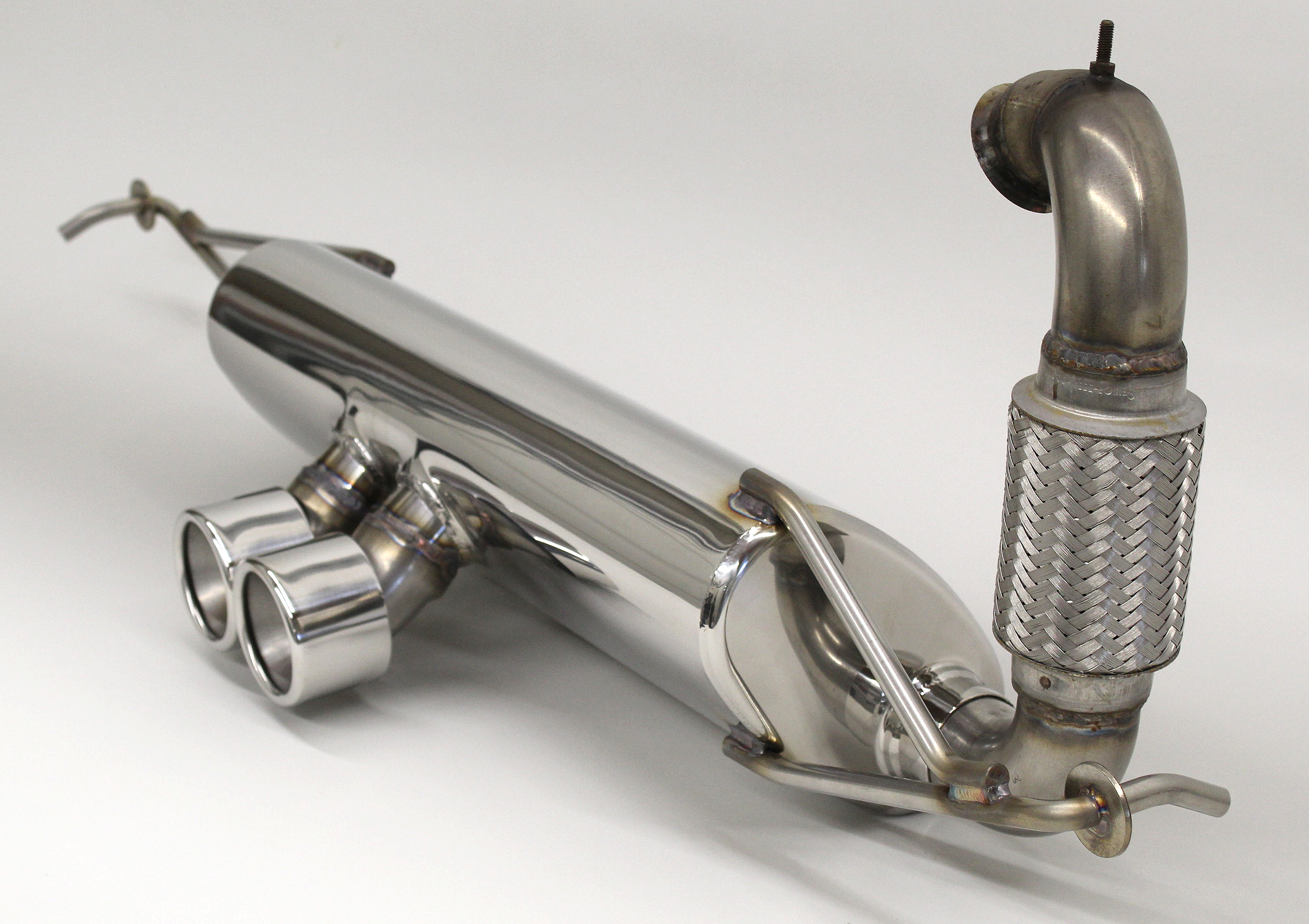The automotive enthusiast community often engages in spirited debates about the optimal exhaust systems for performance vehicles. Among the most debated components are H-pipes and X-pipes. Each configuration presents distinct advantages and disadvantages in terms of power enhancement, sound quality, and overall vehicle performance. Understanding the intricacies of these exhaust layouts can significantly impact a car’s functionality and the driving experience it delivers.
At its core, the purpose of an exhaust system is to effectively expel gases produced during combustion while optimizing engine performance. H-pipes and X-pipes both serve this fundamental role, yet they do so with differing methodologies. The H-pipe derives its name from its shape, resembling the letter “H.” This layout connects the exhaust pipes on each side of the vehicle at a single point. Conversely, the X-pipe features a crisscross configuration that promotes smoother gas flow between the sides of the engine.
One of the most significant distinctions between H-pipe and X-pipe designs lies in their impact on backpressure. H-pipes tend to generate a higher level of backpressure compared to their X-pipe counterparts. This increased backpressure can enhance low-end torque, which is particularly beneficial for drivers seeking power during acceleration. Power enthusiasts often favor H-pipes for vehicles where initial pull and responsiveness matter the most. Cars designed for everyday driving, where quick response is essential, may benefit from this setup.
On the other hand, X-pipes generally reduce the backpressure in the exhaust system. By allowing for a more efficient exhaust flow, they enable the engine to expel gases more rapidly. This reduction is critical in maximizing the overall horsepower gains at higher RPMs. Thus, for performance-oriented drivers who crave top-end power and speed, X-pipes are often the favored choice. This popularity stems from the desire for an exhilarating driving experience at faster speeds, resonating with adrenaline-seekers who thrive on pushing their vehicles to the limits.
The sound profile produced by an exhaust system is another essential factor that draws enthusiasts to either H-pipe or X-pipe configurations. H-pipes typically create a deep, throaty growl that resonates well with many car aficionados. This sound often evokes a raw, visceral reaction that enhances the driving experience, contributing to the car’s emotional connection with the driver. The deeper tones produced by H-pipes are particularly appealing for classic muscle cars and vehicles aiming for a more aggressive auditory signature.
X-pipes, in contrast, tend to generate a more refined and aggressive exhaust note. The cross-flow design facilitates a higher-pitched, raspy sound that appeals to modern sports car enthusiasts. The sound dynamics created by X-pipes can lead to a more sophisticated auditory experience, emphasizing both the power and precision of the engine’s performance. This auditory signature often becomes a hallmark of high-performance builds, showcasing the owner’s dedication to not just speed, but also style.
A common observation among performance car owners is that the choice between H-pipes and X-pipes reflects more than mere function; it also embodies their personal philosophy towards automotive engineering and design. Car owners often develop a fascination with the mechanics of performance, leading to deeper considerations about the types of components that complement their vehicle’s unique attributes. This preference can be further influenced by the car’s intended use, whether for street driving, track days, or competitive racing.
Installation considerations also merit discussion when evaluating H-pipe versus X-pipe systems. The installation process for both configurations typically requires a degree of mechanical skill. However, H-pipes may be more straightforward to install, particularly for individuals with less experience. The linear structure allows for easier alignment and less complex welding. In contrast, X-pipes might necessitate more precise fitting to achieve optimal performance and sound, potentially requiring professional installation.
Furthermore, cost can be a decision driver. Generally, H-pipes might come at a lower price point due to their simpler design, though the overall cost can vary based on material quality and manufacturing. X-pipes, particularly those fabricated from high-quality materials that support intense performance demands, may command a premium price. This financial consideration prompts potential buyers to weigh their options carefully, balancing budgetary constraints against performance aspirations.
Ultimately, the question of whether an H-pipe or X-pipe is superior depends on the individual driver’s needs and expectations. For those who cherish low-end torque and a classic sound, an H-pipe may be the optimal choice. Conversely, for drivers who aspire for peak performance and a higher-pitched exhaust note, an X-pipe will likely serve them better. This crossroads highlights a broader thematic exploration within vehicle modification, where personal identity, driving style, and performance objectives intertwine.
In conclusion, the exhaust system—whether an H-pipe or an X-pipe—functions as more than just a series of pipes and connectors. It represents an amalgamation of automotive engineering, personal expression, and performance ambitions. Understanding the nuanced differences allows drivers to make informed choices tailored to their specific expectations. Ultimately, the fascination with these exhaust systems reflects a deeper connection within the automotive community, as enthusiasts strive to refine their vehicles for optimal performance and personal satisfaction.
